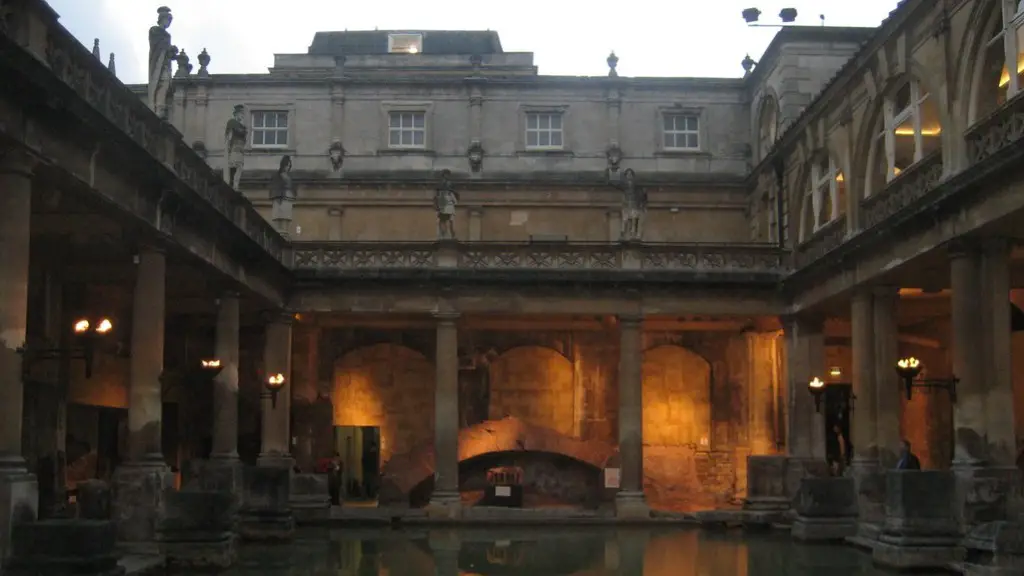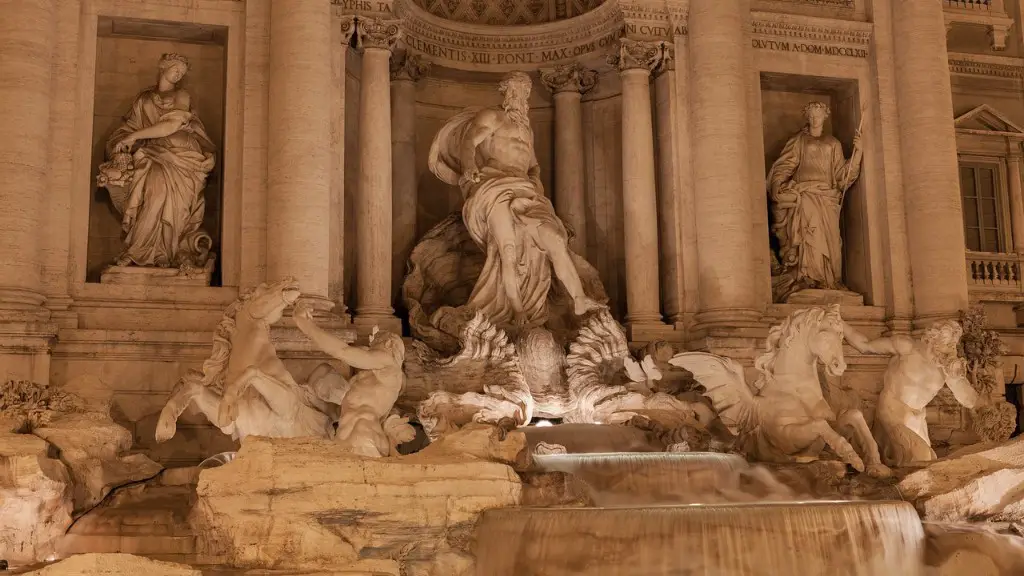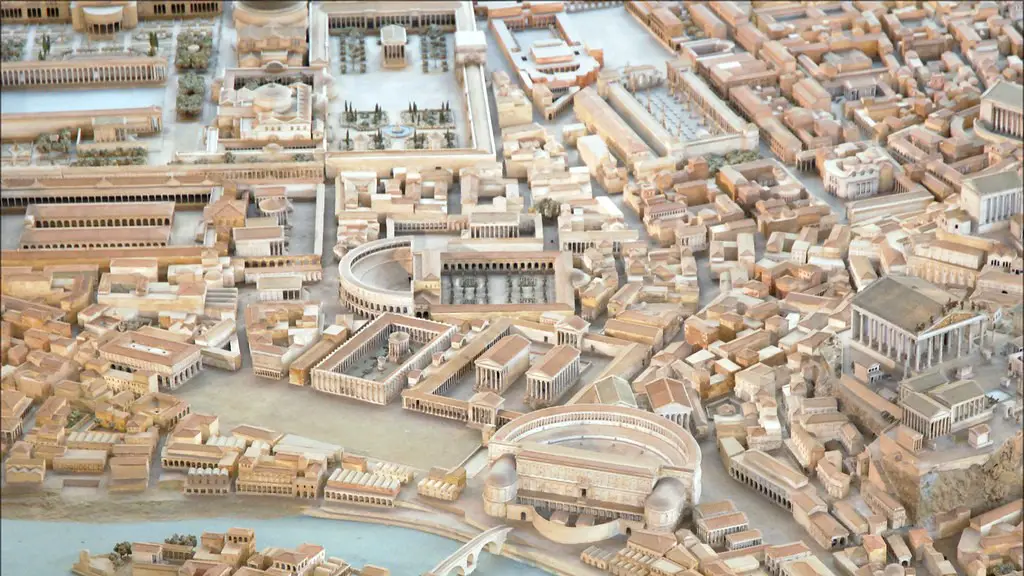Legions were placed at the very heart of the Ancient Roman army. They provided the essential unit of power and structure which allowed the Romans to project their military might across Europe in the conquest and expansion of their empire. The Latin word for legion was “legio,” derived from the word legare, meaning to choose or to assign. Each Roman legion was composed of roughly 5,000 heavily armed foot soldiers and officers. In 27 BCE, Augustus, the first Roman Emperor, established 28 legions, each one made up of almost entirely Roman citizen-soldiers which were supplemented with a variety of auxiliary troops recruited from non-Roman nations.
The majority of the legionnaires were professionals who had a regular military career, but some volunteered and others were conscripted for specific campaigns. The typical conscription period for a Roman legionary was sixteen years. Despite the fact that large numbers of experienced soldiers retired and returned to civilian life with honorable discharge each year, it is estimated that throughout Rome’s history, three million legionnaires served in the army.
Legions were organized along military lines and typically composed of five cohorts, each of which had six centuries. A century was a unit comprised of 80 to 100 men, divided into 10 smaller units called contubernia. The formation in which a legionnaire would fight was called a manipular formation. This was used by the Legions up until the first century BCE, when they changed their formation pattern to the smaller, more maneuverable cohort formation.
Each legion had a specific name or number, either chosen by the commander or determined by what article of clothing or armor the men were given. For example, the Fifth Legion was named “Macedonica” because it was given Macedonian style armor or weapons. The legacy of the legions continues to this day, as evidenced by the surviving units, such as the 14th Legion “Aquila”, who still provide security for Italy today.
Unique to Roman tactics, centurions were responsible for the organization and supervision of their century. In the Roman army, centurions held a unique position of power, both on and off the battlefield. Not only were Rome’s centurions leaders of men on the battlefield, but socialites as well. In fact, some rose to become members of Roman senatorial and equestrian class. This made them essential in the management of large Roman armies, as it enabled them to diversify the Legion’s talents, resources and tactical adaptability – thanks in no small part to their privileged status.
The Roman legion was a formidable fighting machine that was unmatched in it’s day. Only highly disciplined soldiers could hold the line against such a force, and it is not a surprise that they were so successful in their military campaigns. The Legion, composed and equipped almost entirely of Roman citizens and heavily armed infantry, was a symbol of Roman strength and power. The early history of the Legion was however relatively slow, as Augustus was forced to draw on the resources of the state to maintain the increase in the number of troops and pay their wages.
Training
The Roman army’s success was undoubtedly due to its martial prowess and discipline. This was the result of intense training and drills which went beyond the basics and into more advanced hand-to-hand combat techniques. The exercises and drills included practicing battle formations and manoeuvres, marching and running drills, reference drill, weapon drills and javelin and shield exercises. As they trained and advanced in their military careers, they were also expected to master foot and siege warfare. The training was grueling, yet absolutely necessary so that the Roman legions could remain efficient, effective and compliant with orders.
Equipment & Uniforms
The legionary not only boasted superior skills, but also superior equipment. The equipment and gear of a Roman legionnaire was light and agile yet capable of delivering a
strong punch in battle.
The typical armament of a legionnaire was a pilum – a type of heavy javelin – and a short, double-edged sword called a gladius. He also wore protective clothing such as a bronze or iron helmet, body armor, a shield and greaves (for shin protection). The legionnaires also carried a tool called a ‘spade,’ which was a shovel-like tool used to build fortifications and dig trenches.
Tactics
In battle, the Roman legions deployed in a number of ways, depending on the enemy’s tactics. They often formed a shield wall, with the legionnaires forming several lines containing a mix of infantry, cavalry, archers and slingers. When infantry marched against fortifications, they were split into two halves, one half attacking while the other provided a shield wall to protect the attackers. Legions were often organized into wedges or columns, with some bearing shields higher than the others to deflect incoming missiles. These formations would then advance and slam into the enemy formation, creating chaos and shattering its lines. The Legion also developed specific signal systems for attacking and retreating.
Morale
In order for a Roman legion to perform at its peak, the soldiers needed to have a strong sense of duty, loyalty and pride. These soldiers would endure the harshest conditions, from the blazing deserts of North Africa to the cold, northern forests of Europe. To ensure their motivation, generous donatives were provided to legionnaires upon the completion of their service, as well as a number of privileges and rewards. This included the right to vote, various tax exemptions, land grants, and military pensions.
Significance
The Legions were the most significant military force developed by the ancient Romans. Their success was due in part to their well-organized structure, impressive tactics and powerful equipment. Their legacy still resonates to this day, with the powerful symbol of the Legion still informing military uniforms and ceremonial dispositions. The legacy of the Ancient Roman Legions come down to us in much the same way it was passed down to the Romans from the Greeks: an example of bravery, strength and loyalty.
History
The Roman Legions can trace their origin back to the Legion Establisment Act of 27 BC. This act was put in place by Augustus and was meant to provide him with a strong, reliable and loyal army with which to consolidate his power and expand Rome’s influence. Augustus greatly increased the size and power of the Legion, making it the most important component of the Roman army. Drawing on ideas from the earlier Greek Phalanx, the Roman Legion was designed to be a small, agile force capable of responding quickly to any enemy while retaining a stronger defensive posture. It could also march long distances and carry out its objectives with tenacity and precision.
Interaction with Other Cultures
The Legions were the driving force behind the expansion of the Roman Empire and the conquest of new lands. As they spread, they encountered and assimilated a variety of different cultures and civilizations into the Roman fold. Interactions with other cultures were often uneasy, with the legions serving as both conquerors and governors, but in some cases, peaceful politics also played a role in Rome’s dealings with other civilizations. By and large, the success of the Legions in spreading Roman influence was largely due to their reputation for being disciplined and formidable fighting units.
Legion in Modern Days
Though the Legion has long been disbanded, its legacy lives on in modern military units all over the world. Many of the traditions, values and leadership strategies employed by the Roman Legions have shaped and influenced modern armies around the world. This includes the use of specialized divisions, the adoption of a variety of tactics, as well as the focus on discipline, training and esprit de corps. There is no denying that the Roman Legion was one of the most effective and feared fighting units of its time, and its legacy continues to shape the modern world.



